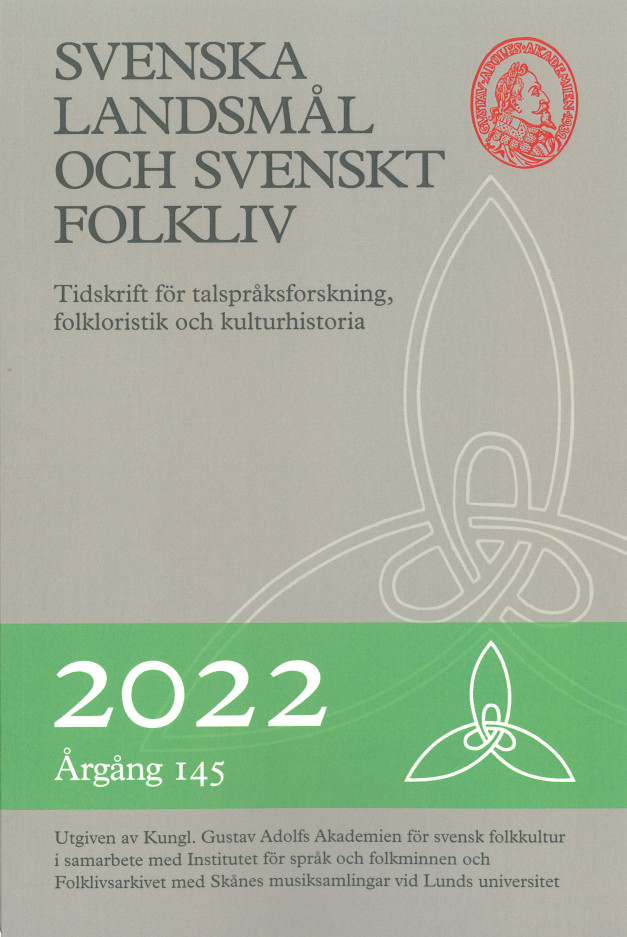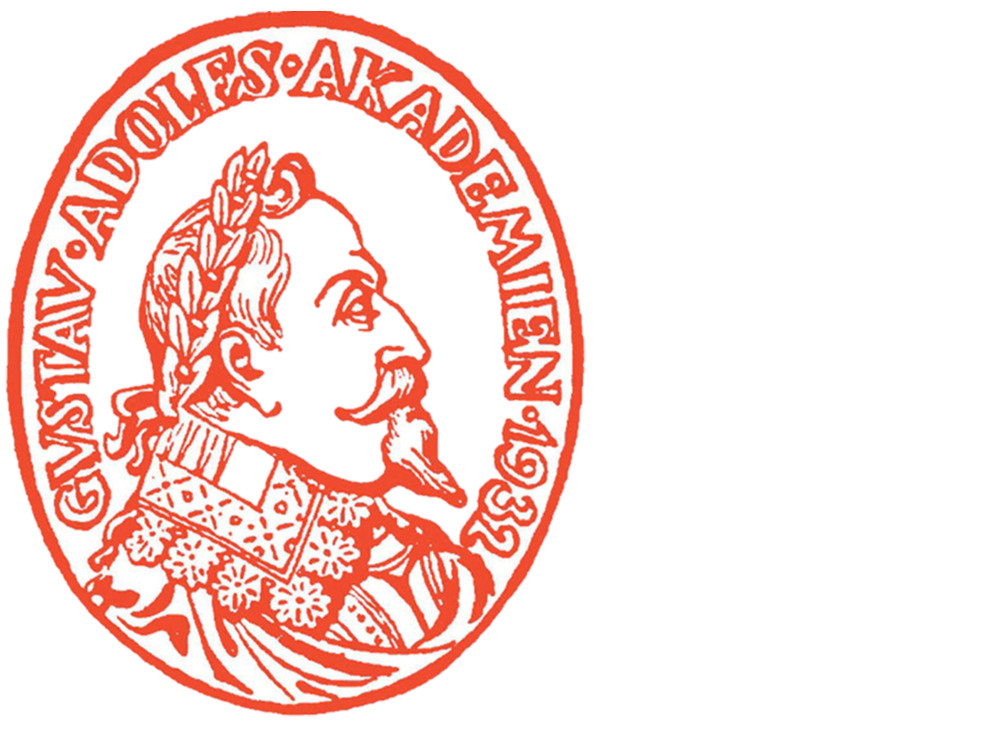Umesamiska – forskningshistorik, substantivböjning och sydgräns
DOI:
https://doi.org/10.69824/svlm.145.24064Nyckelord:
Ume Saami, research history, gradation, variety of Southern Tärna, language borderAbstract
Ume Saami, the second-most southern of the Saami languages, is almost extinct, despite revitalisation efforts taking place. In the 17th century, Lycksele became a scholarly centre in the Swedish part of Sápmi, due in part to the school for Saami boys, which was founded there in 1631. Ume Saami also formed the basis for an orthography that was used in Sweden well into the 19th century. At the beginning of the 20th century, Ume Saami attracted the interest of researchers as it was the southernmost Saami language with a (rudimentary) gradation. At that time, the lack of gradation was the conclusive criterion for a dialect as belonging to South Saami. This topic is still raised today, when there are discussions as to whether place names on maps and road signs should be written using either Ume or a South Saami orthography. This article presents a survey of the research history of Ume Saami, where a surprising opposition between extensive collections of dialect material and very few publications can be noted. As for the question of the southern border of Ume Saami, a couple of morphological arguments, namely the forms of the illative singular and the comitative plural, indicate that the borderline should be drawn not along the Ume River but along the watershed south of the river. This result is in accordance with the results in Larsson 2012 and with Rydving’s study on lexical variation (2016).
Downloads
Publicerad
Referera så här
Nummer
Sektion
Licens
Innehåll publicerat i Svenska landsmål och svenskt folkliv i årgång 2023 och senare publiceras under villkoren i Creative Commons-licensen CC BY, och författarna behåller upphovsrätten till sina verk. CC BY-licensen tillåter användning, nedladdning, distribution, länkning till och reproduktion i vilket medium som helst, förutsatt att originalverket är korrekt citerat.




